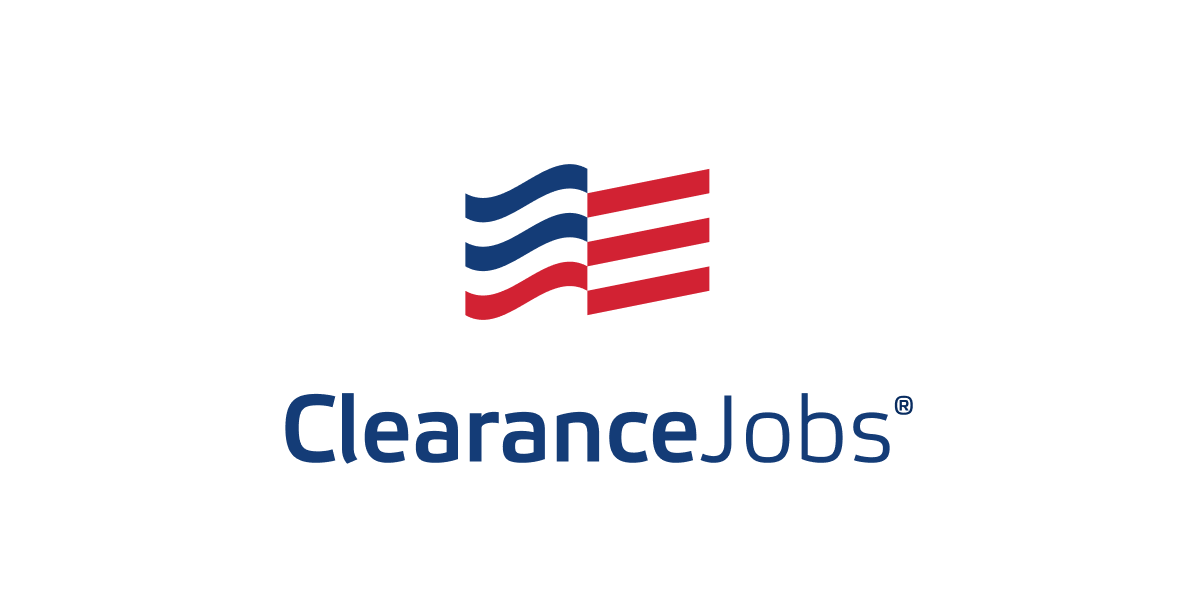WASHINGTON, D.C. (ClearanceJobs) — Word on the street (and by street, I mean internet) is that DCSA has taken over a substantial portion of security clearance hearings that have been historically handled by DOHA (the DoD Defense Office of Hearings and Appeals). The transition, which took effect on December 8, 2024, was made without fanfare or much information regarding the new process. Now, I know what you’re thinking: isn’t DOHA a gold standard for due process? Generally, yes, it is. You may also be thinking, hasn’t DCSA already bitten off more than it can chew with Trusted Workforce 2.0 (where’s the PVQ? *cough*cough*)? No comment. Nevertheless, DCSA has spoken.
With this move, however, there is a notable positive change for federal employees: while federal employees were not previously afforded a DOHA hearing or personal appearance until after their clearance was revoked, federal employees will now be afforded a personal appearance before that decision is made.
While many questions remain about this new process, DoD has dropped some breadcrumbs. Here’s what we know so far.
How will federal employees and service members be impacted?
These changes primarily impact federal employees and service members. Prior to this change, when a service member or federal employee at DoD (or any agency that contracts with DoD to manage the clearance process) received a Statement of Reasons, they would only have the right to respond in writing before a determination was made. Then, if the individual’s clearance was revoked, they would have the chance to appeal, which included a personal appearance. DOHA would hold the personal appearance in the form of a hearing before an administrative judge and the judge’s decision was then reviewed by a Personnel Security Appeals Board.
After the December 8, 2024, change, service members and affected federal employees will have the right to a personal appearance prior to a determination; however, they will not have access to DOHA. Instead, DCSA will handle the personal appearance. Although DoD has provided little information regarding this process, based on the information available, the process resembles the personal appearance process for other government agencies. The primary differences between a “hearing” and “personal appearance” are explained in more detail below.





